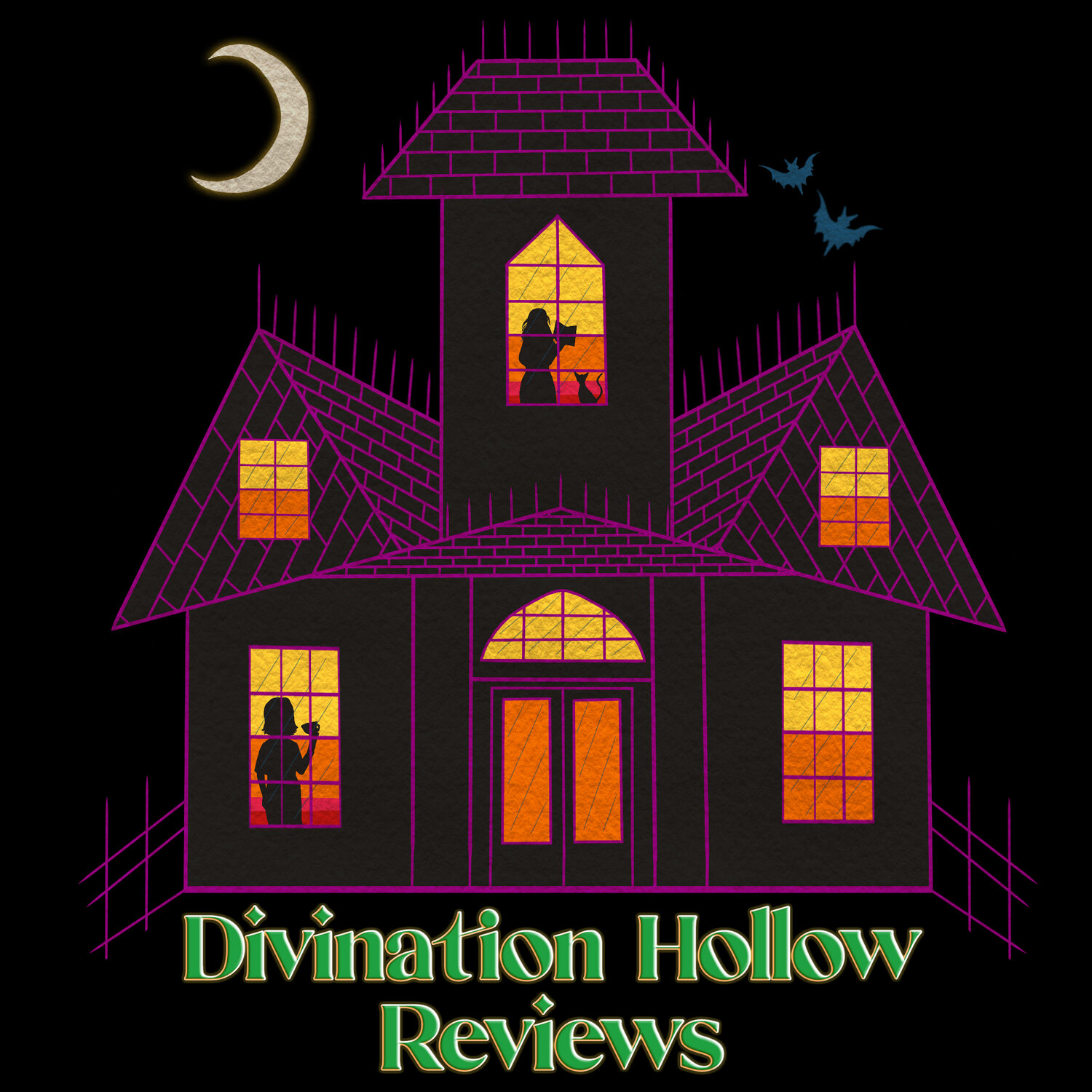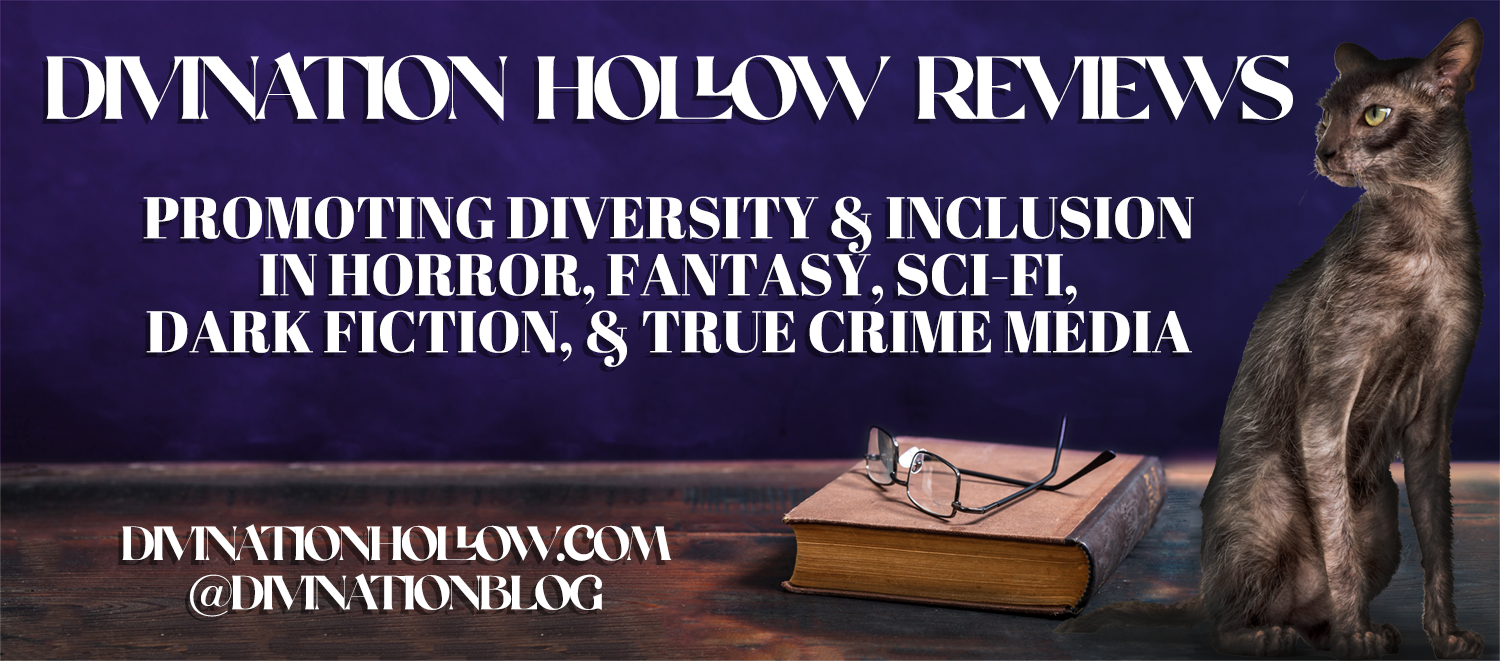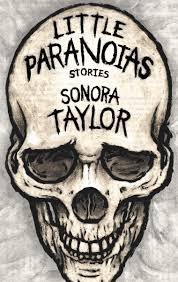Interview with Sonora Taylor
I was thrilled to have the opportunity to interview Sonora Taylor, who many of you will know as a prolific writer of fantastic novels and short stories, including the newly released Recreational Panic, and as a beloved pillar of the horror community particularly known for promoting women’s voices. I thoroughly enjoyed getting to learn a little more about her, and I hope all you readers will too.
Welcome, Sonora! Thank you so much for being here today. Let’s start with the basics: you’re well established now, with Recreational Panic being your eighth book, I believe? Going back to the beginning, how did you know you wanted to be a writer?
Thanks for having me! Yes, Recreational Panic is my eighth book and my fifth short story collection. I think a better answer is that I always knew I wanted to be a storyteller. As a kid I enjoyed acting, reciting monologues, creating stories through play, drawing comics, and yes, writing stories. Writing ultimately came through as my preferred way to tell stories, especially made-up ones.
Then the next question would be, what drew you specifically to horror?
I’ve also enjoyed horror and horror-adjacent things since I was little. In fifth grade, for insistence, I wrote a story about a girl discovering her teacher is a vampire. I enjoy exploring the dark side of things and fiction is a great way to do that.
What would you say is your inspiration? Who/what are the biggest influences on your work?
I’m usually inspired by mundane things and imagining how they can be sinister or dangerous. My biggest literary influences are Flannery O’Connor, Augusten Burroughs, and Bill Watterson.
What does your writing process look like?
I write when I can and when I feel inspired. If I have something I must finish, be it a self-imposed deadline or otherwise, I try to write between 500 and 1000 words per day.
Most authors, especially in horror, have themes they’re particularly drawn to. Dangerous women and female desire, for example, are recurring themes in your body of work. In Recreational Panic we see this in Harvey Carver, Little Dirty Birdy Feet, would you like to talk about where this comes from?
Something that drives me crazy in fiction, not just horror fiction, is that a woman villain either needs to be cartoonishly evil or have a noble reason to go bad. She’s a mother trying to feed her kids, or she was raped and wants revenge, or she’s only helping her evil boyfriend or husband do his dirty work. These make for good stories, but I also want fictional women villains to just be evil for evil’s sake. Yes, suffering is likely involved in their backstory, but too often it’s used as a way to render women safer and easier to like as opposed to rounding them out as a bad person. So, I think a lot of my women characters, especially women serial killers, come from this pet peeve of mine.
The same especially goes for female desire. Women’s desire is also often rendered safe, i.e. for one man only, at the man’s command, or contained until that one man allows her to set it free. Bullshit. I tend to treat women in my stories hooking up as not a very big deal, simply them acting on what they feel for the person they’re attracted to and what they want. This is how a lot of women I know are, yet we don’t see it as often in fiction as I’d like, or if we do, there’s always some sort of consequence, ranging from unwanted pregnancy to literal murder. We need to stop tiptoeing around women’s sexuality and do right by it. It’s 2024.
Despite handling some very real and heavy themes, your writing also often comes with a strong sense of humour or fun, is this intentional or unconscious?
I love comedy and I think it naturally comes out in my writing. I love making jokes, sarcastic comments, and twisted observations; all of which seep into my writing no matter the story. Humor is also very much a coping mechanism for my anxiety and other mental ails, so it makes sense I’d utilize it when writing about darker topics.
Recreational Panic is full of great stories and poems, but do you have a special favourite out of the collection?
It’s hard to pick, but I’d have to say Harvey Carver. It was the last story I wrote for the collection, and the lead character, Marla, continuously surprised me with where her story went. That’s my favorite way to write, letting the characters guide me along their horrific path until we reach the end together.
Last but not least, any advice you’d like to give new or aspiring writers?
Don’t let perfect get in the way of done.
About Sonora
Sonora Taylor is the award-winning author of several books and short stories. Her books include Seeing Things, Little Paranoias: Stories, Without Condition, Someone to Share My Nightmares, The Crow’s Gift and Other Tales, and Wither and Other Stories. She also co-edited Diet Riot: A Fatterpunk Anthology with Nico Bell. Her short stories have been published by Rooster Republic Press, Kandisha Press, Camden Park Press, Burial Day Press, Cemetery Gates Media, Tales to Terrify, Sirens Call Publications, Ghost Orchid Press, and others.
Her short stories and books frequently appear on “Best of the Year” lists. In 2020, she won two Ladies of Horror Fiction Awards: one for Best Novel (Without Condition) and one for Best Short Story Collection (Little Paranoias: Stories). In 2022, her short story, “Eat Your Colors,” was selected by Tenebrous Press to appear in Brave New Weird: The Best New Weird Horror Vol. 1.
For two years, she co-managed Fright Girl Summer, an online book festival highlighting marginalized authors, with V. Castro. She is an active member of the Horror Writers Association and serves on the board of directors of Scares That Care.
Her latest short story collection, Recreational Panic, is now available. She lives in Arlington, Virginia, with her husband.
Interview by Dai Baddley






